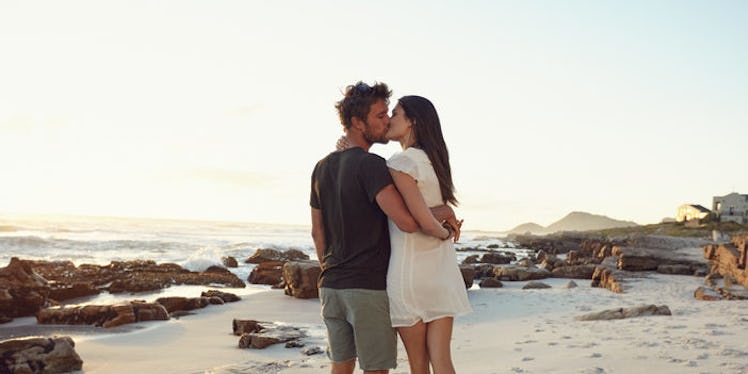Fashion, celebrities, models and flashing cameras only mean one thing; it must be New York Fashion Week.
The glamorous event has taken over the equally glitzy city and my Instagram is filled with perfectly-filtered images of beautiful models with their expensive outfits and pouts on.
This week, the runways saw a lot of wintery fur and leather, combat boots, ponchos, lace and diversity. But, it’s that last one I’m most excited about, and it better be here to stay.
Hailed as the unofficial theme of NYFW 2015, this year's fashion show saw a shift toward expanding the diversity of models on runways. The trend started with Carrie Hammer’s campaign last year, when she used "role models, not runway models" to debut her first show at NYFW.
She is said to have made the decision after stating that she hated to cast models. She said, "They have to be so thin, there’s such high standards for them."
Hammer wanted to represent her brand and clients honestly, so she did just that by asking her clients to be her models. The models included inspiring women, like Nexus founder, Rachel Cohen Gerrol, editor at Bustle.com, Marie Ospina and Brandthropologie CEO Billee Howard.
Danielle Sheypuk, a good friend of Hammer’s, was also asked to be in the show and became the first model in a wheelchair at NYFW.
Hammer continued her campaign for diversity on the catwalk this year, as she once again invited her clients on stage, including "American Horror Story" actress Jamie Brewer, who became the first model with Down syndrome to walk in NYFW.
Brewer was thrilled to have had the opportunity to show everyone who struggles with a disability that anything is possible, and she wasn’t the only one. Production company FTL Moda hired disabled models in their fashion show, which included amputees and people who were either in wheelchairs or used canes.
Winnie Harlow, a model with the skin pigmentation condition vitiligo, walked for Desigual. Chromat and even Kanye West’s collection, Yeezy for Adidas, were praised for including models of all shapes, sizes and ethnicities.
So, is the tide of the fashion industry finally changing? Are we seeing a redefinition of the face of beauty? While it’s a breath of fresh air to see some designers turning away from the stereotypical skinny models, the classification of diversity as a "trend" is worrisome.
It should hardly be something that comes and goes with the seasons. Rather, seeing real and inspiring models of all different backgrounds and bodies needs to become an integral part of the fashion industry. It’s the sad reality of the fashion industry that diversity movements or plus-sized models are such an exception that it makes groundbreaking news.
However, it’s clear that the public wants to see more.
In a chain of recent petitions, consumers are demanding that Victoria’s Secret lives up to its lingerie ad, promising "A Body for Every Body."
Victoria’s Secret already changed the campaign that featured models in various different styles of lingerie offered, after it was slammed for the initial slogan of "The Perfect Body" while using models of similar proportions.
The famous runway shows with their "angels," who are typically sized 4 to 6, have also been criticized. Now, two petitions with more than 4,500 supporters want to see the sexy lingerie company include plus-sized clothing and models.
This is certainly not the first time the fashion industry has felt public pressure to change and it’s unlikely that we’ll see a massive change in the types of models used. But, I'd like to think we’re taking steps in the right direction.
They might be small baby steps and I may be naïve in thinking so, but it’s important to celebrate the progress. The news surrounding NYFW has been heavily dominated by the shows that have challenged the stereotypical model image.
Instead of hailing unrealistic standards of fashion, we’re seeing appreciation of real strength, real bodies and real beauty. As Hammer declared at her fashion show, "Beauty comes from power, personality and accomplishments." If she can see that, then hopefully, it’s not long before the rest of the industry does, too.
Like so many others, I want to see the people who inspire me on those runways. I want to see happy and successful people who have my body shape in clothes that I would wear. Florals for spring? Hardly groundbreaking. When we reach the day that a wide range of models is not groundbreaking, then we have truly succeeded.
